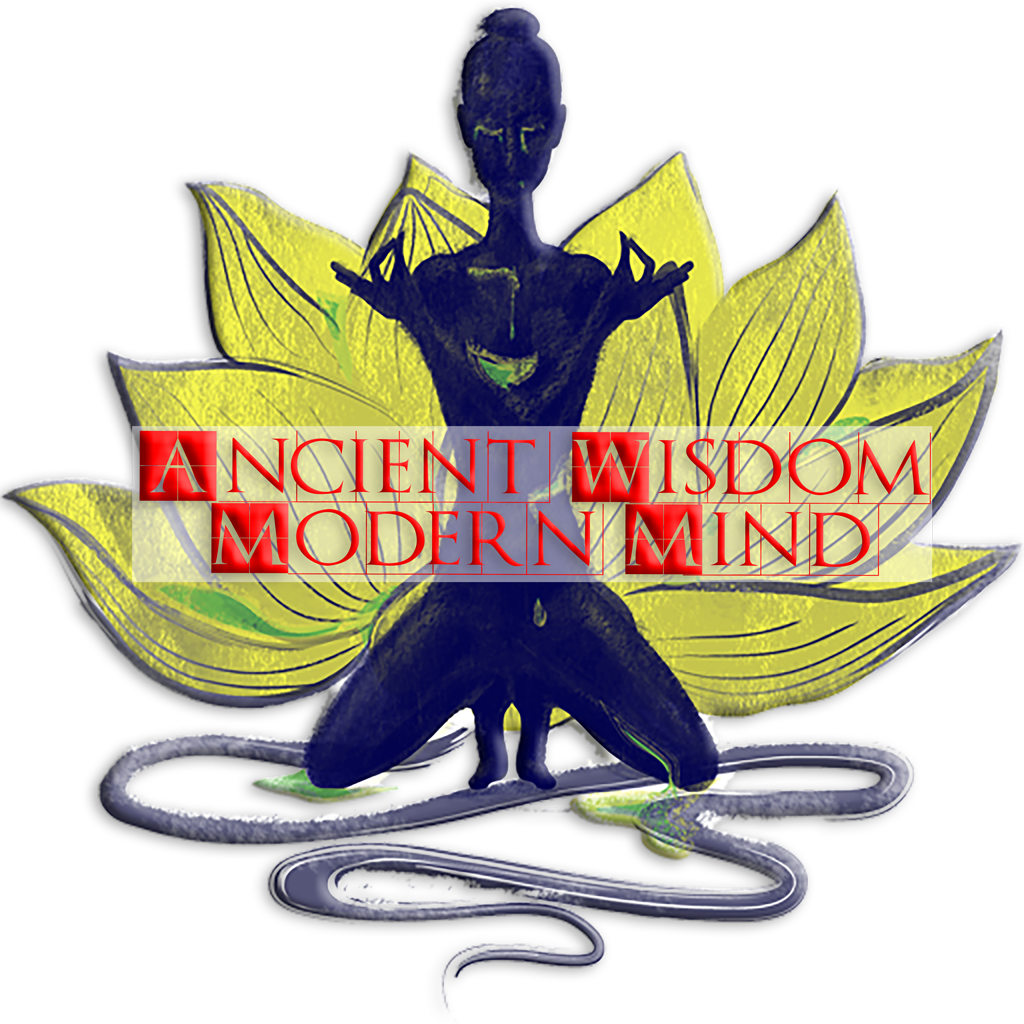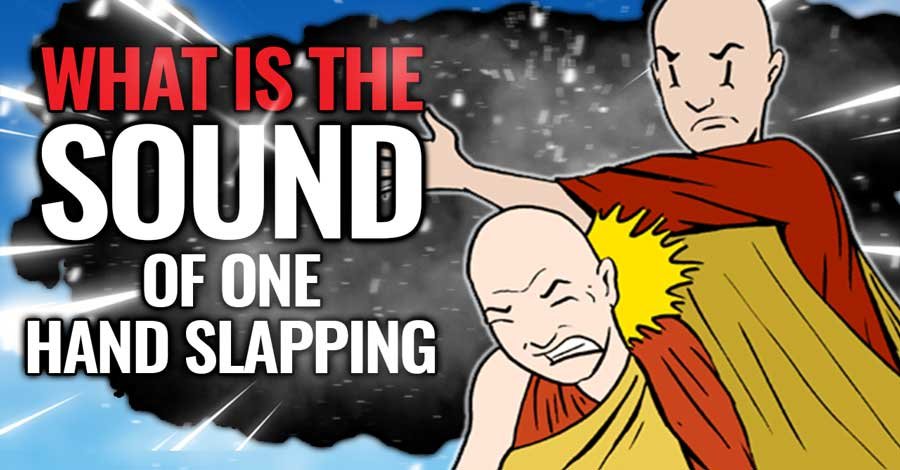What Is the Sound of One Hand Clapping | Zen Koan
If you would like to learn about Zen mediation then I have also created the Zazen Compilation ALBUM (The Complete Zen Collection to understanding Zen, Zazen and Kinhin, including guided meditations), click the above button.
What is the sound of one hand clapping? Want to know answer to this spiritual puzzle?
Hello, Jason Cain here and welcome to the Ancient wisdom modern mind blog and today I would like to share the Zen kōan “The Sound of One Hand Clapping”.
If you are unfamiliar with the term kōan, then in short kōan means riddle or puzzle that Zen Buddhists use to help them unravel greater truths about the world and about themselves. And although at first glance the kōan may seem like an unsolvable intellectual paradox, it is in fact a tool used to cut into and then break through the egos intellectual barrier so as to breakup all preconceived notions of intellectual superiority which maybe preventing the student from perceiving the true nature awareness.
What is the Sound of One Hand Clapping?
The Sound of One Hand Clapping is a Japanese Zen kōan given to novices starting Zen training, the novice contemplates the meaning of the riddle, and the nature of the answer is intended to invoke a paradigm shift in the novices understanding of Zen.
The novice is not expected to solve the riddle since it is an exercise in contemplation and the novice will in time be given the correct answer by his Zen teacher.
The acceptable answer is for the novice to face this teacher, take a correct posture, and silently extend one hand forward. This symbolizes an accepting of reality as it is. The intellect has become tranquil, and accepting of its lack of understanding.
Zen koan: The Sound of One Hand Clapping
The master of Kennin-ji temple was Mokurai, meaning “Silent Thunder” and he had a young protégé named Toyo who was only twelve years old. Toyo saw the older disciples visit the master's room each morning and evening to receive sanzen, (sanzen means going to a Zen master for instruction) or personal guidance.
Toyo wished to also receive sanzen.
"Wait a while," said Mokurai. "You are too young".
But the child insisted, so the teacher finally consented.
In the evening little Toyo went at the proper time to the threshold of Mokurai's sanzen room. He struck the gong to announce his presence, bowed respectfully three times outside the door, and went to sit before the master in respectful silence.
"You can hear the sound of two hands when they clap together," said Mokurai. "Now show me the sound of one hand."
Toyo bowed and went to his room to consider this problem. From his window he could hear the music of the geishas. "Ah, I have it!" he proclaimed.
The next evening, when his teacher asked him to illustrate the sound of one hand, Toyo began to play the music of the geishas.
"No, no," said Mokurai. "That will never do. That is not the sound of one hand. You've not got it at all."
Thinking that such music might interrupt, Toyo moved his abode to a quiet place. He meditated again. "What can the sound of one hand be?" He happened to hear some water dripping.
"I have it,"imagined Toyo.
When he next appeared before his teacher, Toyo imitated dripping water.
“What is that?" asked Mokurai? Toyo replied "That is the sound of dripping water.
“But not the sound of one hand”, said Mokurai. “Try again".
In vain Toyo meditated to hear the sound of one hand. He heard the sighing of the wind. But the sound was rejected.
He heard the cry of an owl. This also was refused.
The sound of one hand was not the locusts.
For more than ten times Toyo visited Mokurai with different sounds. All were wrong. For almost a year he pondered what the sound of one hand might be.
At last little Toyo entered true meditation and transcended all sounds. "I could collect no more," he explained later, "so I reached the soundless sound."
Toyo had realized the sound of one hand.
Maybe you noticed Toyo’s use of the word collect, Toyo’s mind had attempted to collect inform about sounds in order to solve the kōan, thus he first collected the sounds of music, and then this failed he tried collecting natural sounds. Toyo’s mind attempted to apply deductive reasoning in order to solve the kōan, yet he failed again and again. Finally Toyo’s mind gave up trying to solve the kōan and actually practiced mindful meditation.
This kōan truly embodies the Zen philosophy of contemplative observation, the Zen Master cleverly instructs the student by allowing the student to become their own teacher. The kōan forces the student to experience the nature of mind directly; the student’s first lesson is that Zen is at its very core a "not-doing" or state of “no mind”; direct action without the intervention of the intellect. The Zen Master does not teach the student about the nature of mindfulness, but instead allows the student to discover through their own effort the state of “no mind”.
So that’s The Sound of One Hand Clapping, and if you have the time then let me know in the comments about your understanding of The Sound of One Hand Clapping or how Zen or Zazen has changed your life. And if you would like to listen to or Download the Podcast version of “The Sound of One Hand Clapping” then you can follow the link below.
And for a deeper understanding of Zen then I suggest you also read to the “What is Zen Meditation | Story of The Samurai and The Tea Master“, and “What is the Hara | How Does Hara Connects to Other Spiritual Ideas” both these posts explore the idea of no mind or where to put the mind.
Letter of Support
Hello my friends, the patronage of regular followers is greatly appreciated and is the true spirit of mutual self-love… So, if you find any value or joy in the content, please consider becoming a Supporting Patron by downloading Podcasts for a small supporter’s remuneration or by purchasing Meditation audios or books from the Books & Meditation Audios page or by clicking the Supporters Link, and this one simple act makes a huge difference.
👍 share and Stay safe.
If you would like to learn about Zen mediation then I have also created the Zazen Compilation ALBUM (The Complete Zen Collection to understanding Zen, Zazen and Kinhin, including guided meditations), follow the link.
Related posts:
Zazen Meditation Introduction | Zen Walking Meditation (Kinhin) | Zazen Instructions and Etiquette | No Attachment To Dust: Zen Koan | Zazen Guided Meditation (20-Minute Meditation) | Is Their Only One God Or Many Gods: Zen Mind | What is the Sound of One Hand Clapping: Zen koan | How To Do Zazen Meditation: Posture and Breathing | What is Zen Meditation: Story of The Samurai and The Tea Master
References
// IMAGE S O U R C E: Samurai Warrior | License to use Creative Commons Zero - CC0 © Wikilmages
// INFORMATION S O U R C E: Mysticism Christian and Buddhist | Suzuki, (Taitaro) 1957, Mysticism Christian and Buddhist. New York.
// INFORMATION S O U R C E: A History of Chinese Philosophy | (Fung Yu) 1952. New York. Princeton, New Jersey


